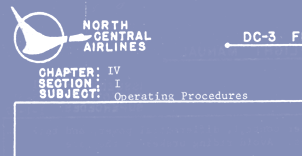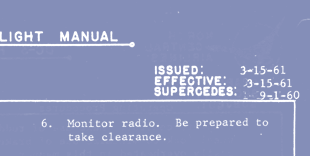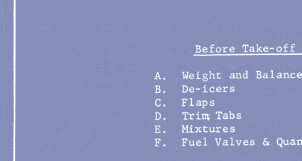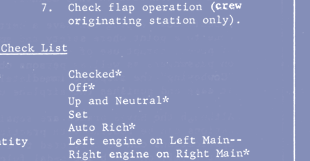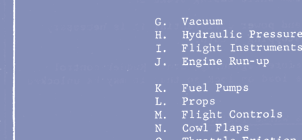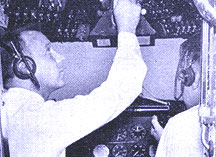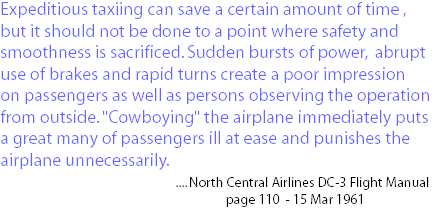In 1932, it was Jack Frye, then director of flight operations for Transcontinental and Western Airlines (later TWA), who desired a replacement for the wood and fabric Fokker Trimotor and other similar aircraft dominating the world airline fleets. There was already one in the works; Boeing's all-metal 247, the first truly modern airliner. The problem for TWA was that virtually all of the initial orders for the 247 were taken up by Boeing's companion airline, United.
Frye submitted his specifications for a three-engine, all-metal monoplane to five manufacturers. The one stiff requirement was that the aircraft had to be able to takeoff fully loaded with an engine inoperative on any of its routes. This would be tough since many of Transcontinental and Western's stations were at high altitude/temperature airports. Douglas won the contract with an advanced, two engine aircraft using Jack Northrop's revolutionary wing design, requiring no spar to pass through the passenger cabin (which the Boeing 247 required). Delivered in December 1933, it was called the DC-1.This single, 12 passenger aircraft, served as a prototype for a follow on model with 14 passenger capacity and more powerful engines. TWA would order 20 of this production model, designated the DC-2.
This big airliner caught the attention of American Airlines president C.R. Smith, who desired the performance of the DC-2, but also needed more room to accommodate sleeping berths required for longer routes. Donald Douglas and his engineers responded with two versions of what would become the most famous airliner ever built, the DC-3. The first version, built and flown in 1935, was the 14 sleeping berth/seat conversion Douglas Skysleeper Transport or DST, used by American on its New York - Los Angeles route. The second version was the 21 passenger DC-3, which by 1939, was flying 90% of the world airline traffic. It also became the first airliner to make a profit from passenger revenue instead of relying only on the mail.
During World War II, many of these airliners were pressed into military service along with a military production line of the "Gooney Bird". All total, 455 DC-3 models were produced along with over 10,000 military versions made under such designations as the C-47, R4D, Dakota, Skytrain, C-53 and C-117.
After two years of continuous growth both in passengers and routes, Wisconsin Central had reached the point where the six little Lockheed 10A's could no longer meet the needs of the operation. So in October 1950, the airline looked to Vice President Hal Carr's former employer and purchased six DC-3's from TWA for $168,000 plus $150,000 more for spare parts. Even though these first six aircraft were being operated by a major airline, they still needed overhauling and upgrading which pushed the $28,000/aircraft up to $50,000. Major overhaul work, including a new instrument panel, airstep door and radio racks, were done at Continental Airline's Denver facility. Upgrades completed at Wisconsin Central's Madison hanger included new radios ( VHF comm, HF, Dual VOR, Dual ADF, Marker Beacon, and ILS nav ), double engine and propeller changes, new passenger cabins and a complete weight and balance detail due to the equipment modifications.
The first DC-3 service commenced March 1, 1951, with the airline completing its conversion to an all DC-3 fleet by May of that year when the last of the 10A's were retired from service. Wisconsin Central / North Central would eventually acquire 32 of the aircraft, primarily from TWA, Eastern and Delta. All of the these airliners would be standardized using the Wright Cyclone-R1820 engines ( many other DC-3's used Pratt and Whitney powerplants ) with passenger capacity eventually increased from 21 to 26. With CAA safety regulations requiring the need for one cabin attendant, Wisconsin Central decided to use a male steward with the idea of using him to help the station agents load the mail and bags during the quick enroute stops. They were phased out starting in 1954 in favor of stewardesses.
The era of the mighty Douglas Commercial - 3 came to a close for North Central in February of 1969 when the last scheduled flight landed at Minneapolis/St Paul Int'l from Mankato Minnesota, ending 19 years of reliable service for the carrier. One DC-3 remained in the skies of The Northliners as N21728 or "728" continued service as an executive transport for the airline and would become the highest time airliner in the world for years to come.


